The Petronas Towers in Kuala Lumpur are not just an iconic landmark but also a marvel of modern engineering. Standing tall as the world’s tallest twin towers, their construction involved numerous groundbreaking techniques and incredible details that continue to amaze architects and engineers alike. This article delves into some of the most unbelievable aspects of how these magnificent structures were brought to life.
Deep Foundation
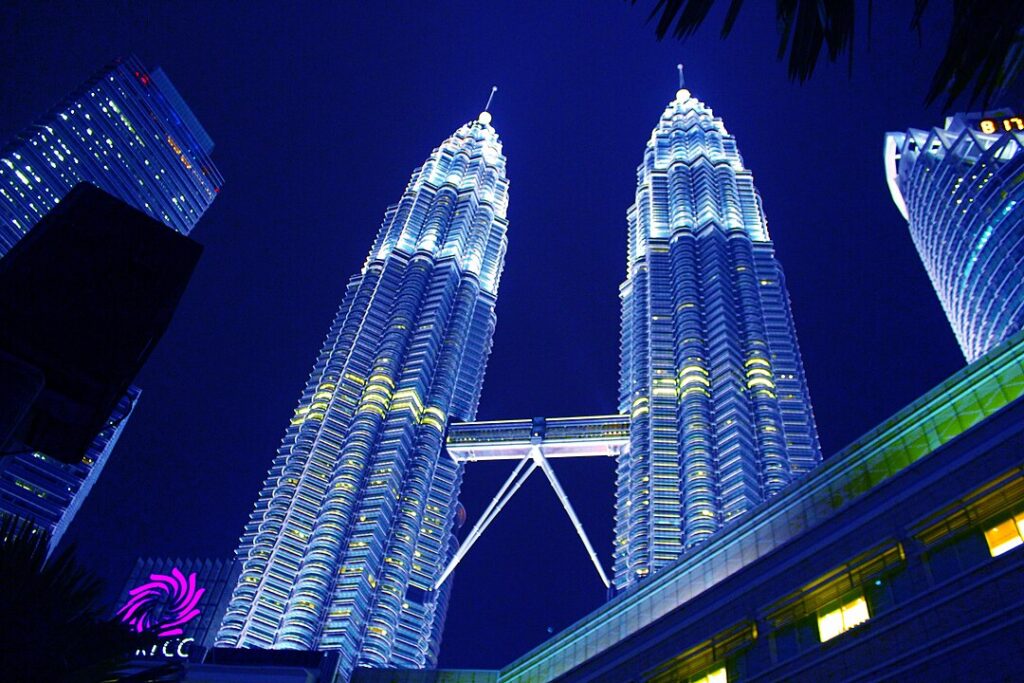
The Petronas Towers rest on one of the world’s deepest foundations, which was necessary due to the soft bedrock in Kuala Lumpur. Engineers had to drill 104 concrete piles into the ground, some reaching depths of over 375 feet (115 meters). This deep foundation was critical to supporting the immense weight of the towers and ensuring their stability.
High-Strength Concrete
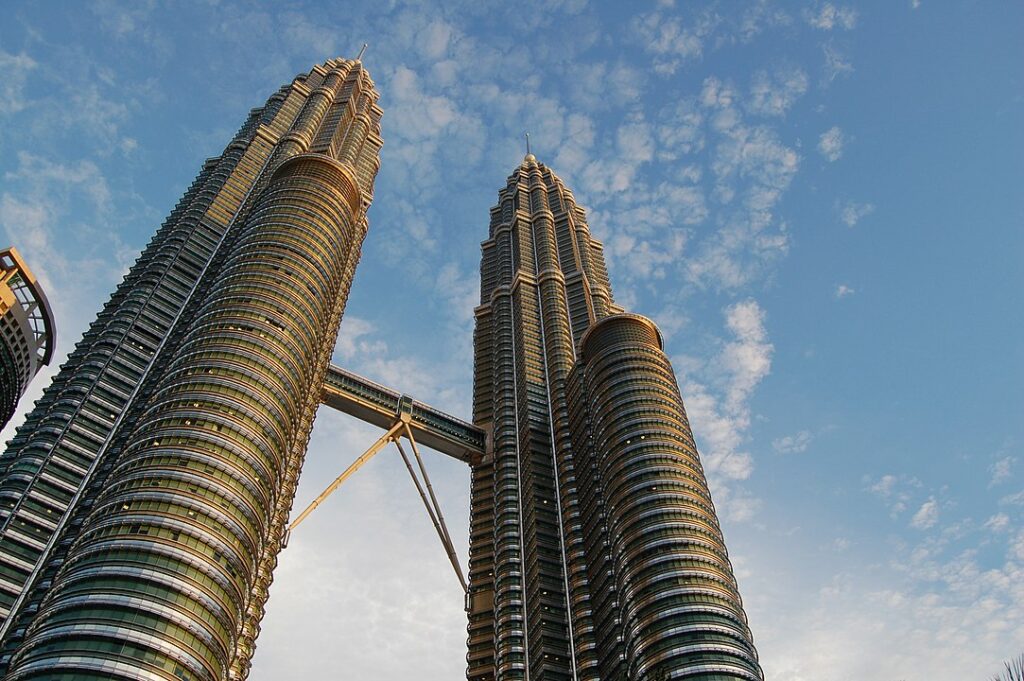
Unlike typical skyscrapers that use steel, the Petronas Towers are constructed primarily of high-strength reinforced concrete. This decision was made due to the cost of importing steel to Malaysia. The concrete used is twice as strong as the normal concrete used in conventional buildings, making the towers both incredibly strong and resistant to wind and sway.
Skybridge
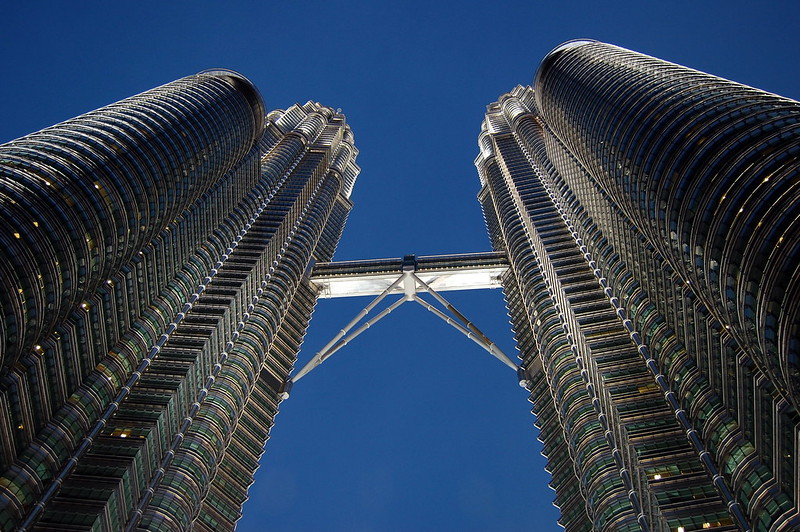
One of the most striking features of the Petronas Towers is the Skybridge that connects the two towers on the 41st and 42nd floors. This bridge is not rigidly attached to either tower but is designed to slide in and out as the towers sway in the wind. At 558 feet (170 meters) above the ground, the Skybridge is both an engineering marvel and a safety feature, offering an emergency exit between the two towers.
Asymmetrical Design
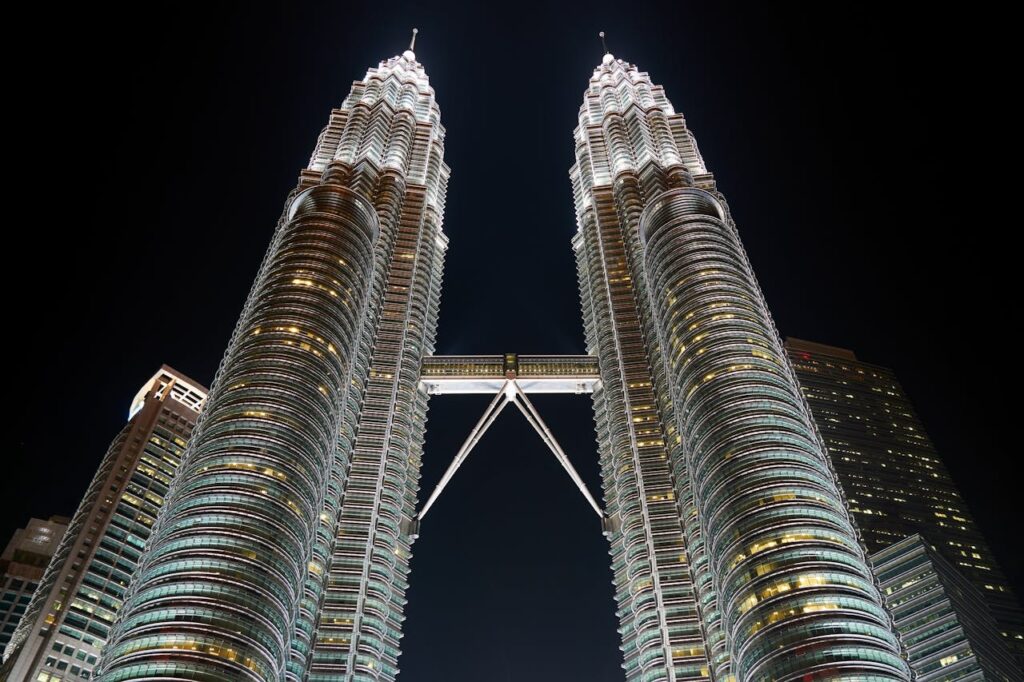
The Petronas Towers have an asymmetrical design with a floor plan based on a Rub el Hizb, an Islamic geometric shape consisting of two interlocking squares. This design not only pays homage to Malaysia’s Islamic heritage but also allows for more efficient use of space within the towers. The combination of cultural symbolism and practicality is a key aspect of the towers’ design.
Towering Height
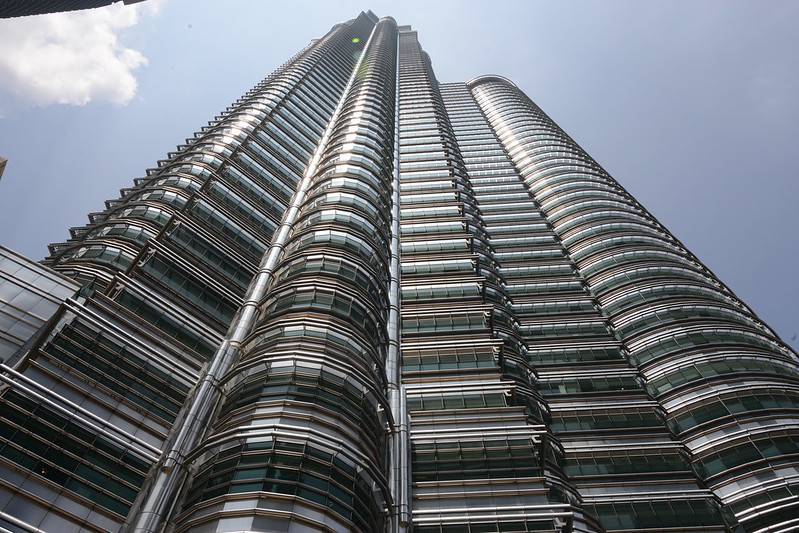
At the time of their completion in 1998, the Petronas Towers were the tallest buildings in the world, standing at 1,483 feet (452 meters). This record was held until 2004 when Taipei 101 surpassed them. Their height was made possible by the innovative design and engineering techniques that addressed challenges like wind load and building sway.
Double-Decker Elevators
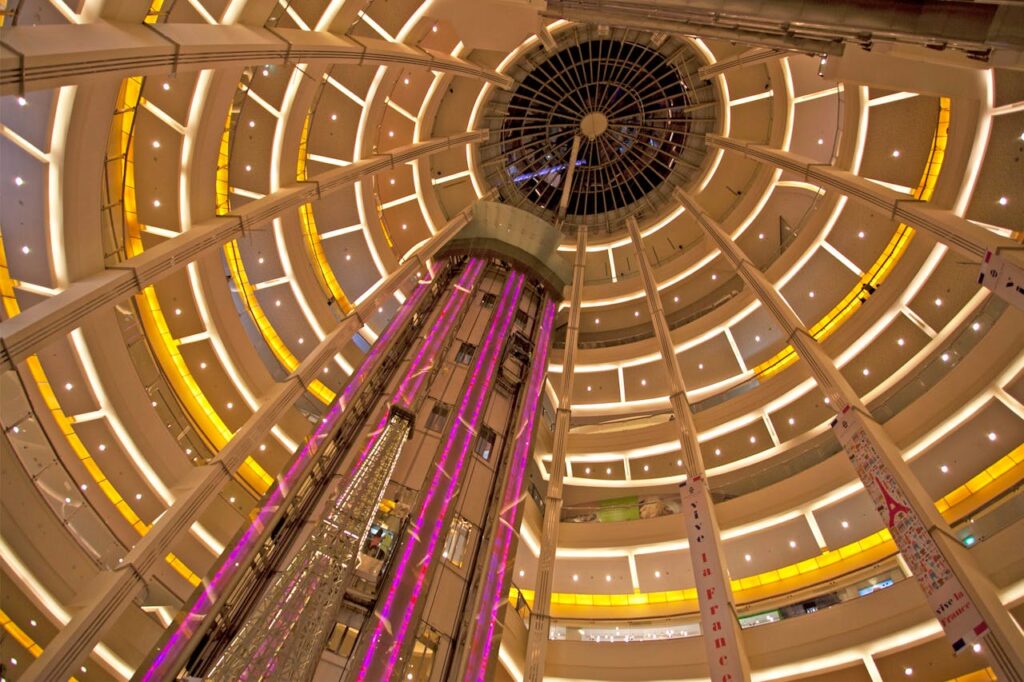
The Petronas Towers feature a unique double-decker elevator system that allows for more efficient vertical transportation. Each elevator car has two levels, serving two floors simultaneously, which reduces the number of elevator shafts needed and maximizes usable office space. This system was essential in managing the high volume of occupants and visitors.
Wind Tunnel Testing
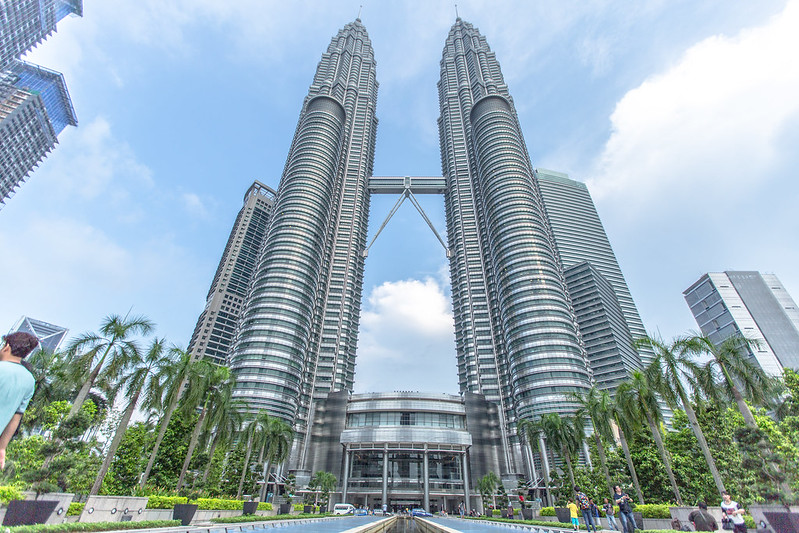
Due to their towering height, the Petronas Towers had to withstand high wind speeds. Engineers conducted extensive wind tunnel testing to simulate and study the effects of wind on the structure. The results influenced the final design, including the tapering shape of the towers and the addition of wind dampers to minimize sway, ensuring the safety and comfort of the occupants.
Flexible Structure
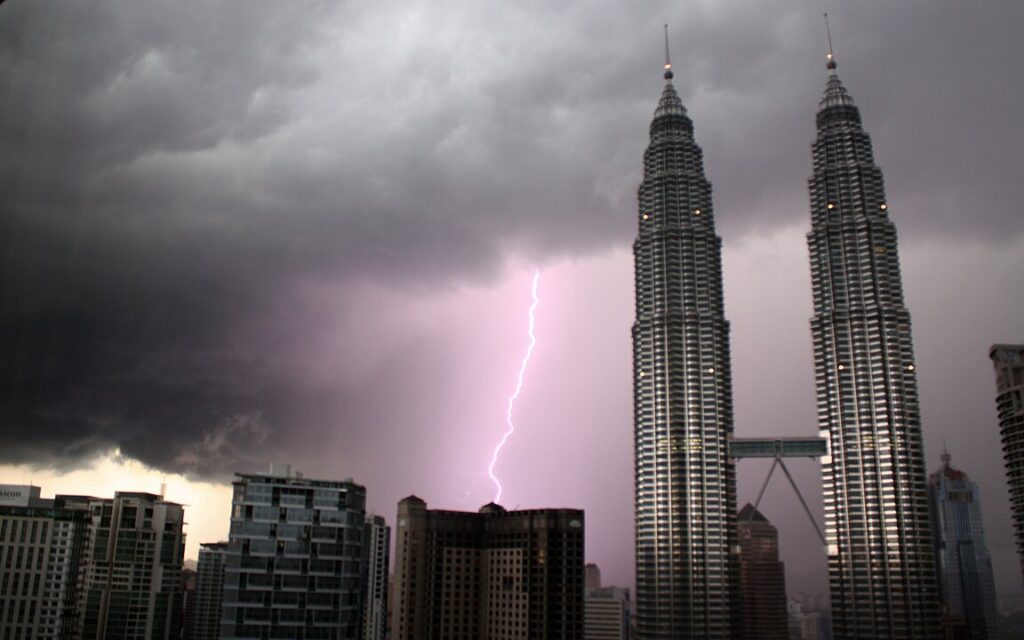
The towers were designed with flexibility in mind to absorb and dissipate energy from both wind and potential seismic activity. The use of high-strength concrete and a carefully engineered system of movement joints allows the towers to sway gently in the wind, preventing structural damage. This flexibility is a crucial factor in their long-term durability.
Construction Timeline
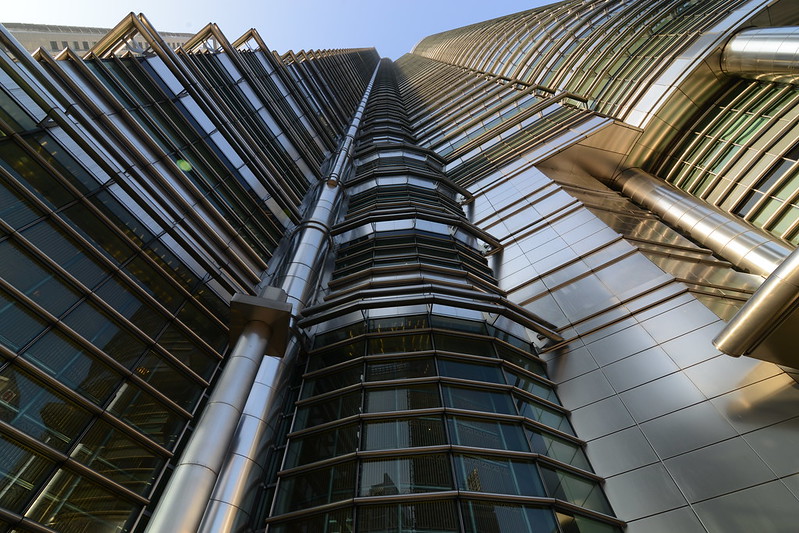
The construction of the Petronas Towers was completed in an impressive six years, from 1992 to 1998. This rapid construction was achieved through the use of advanced building techniques and a well-coordinated effort by a global team of architects, engineers, and workers. The speed of construction is remarkable considering the complexity of the project.
Multi-Cultural Workforce
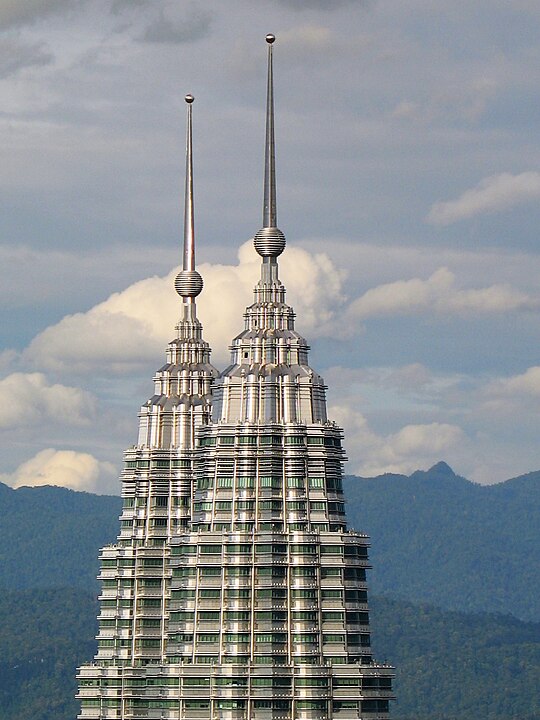
The Petronas Towers were built by a diverse, multi-national workforce, with contractors and workers from 12 different countries. This collaboration brought together a wealth of knowledge and expertise, enabling the successful completion of such a complex project. The diversity of the workforce is reflected in the innovative solutions used throughout the construction process.
The Pinnacles
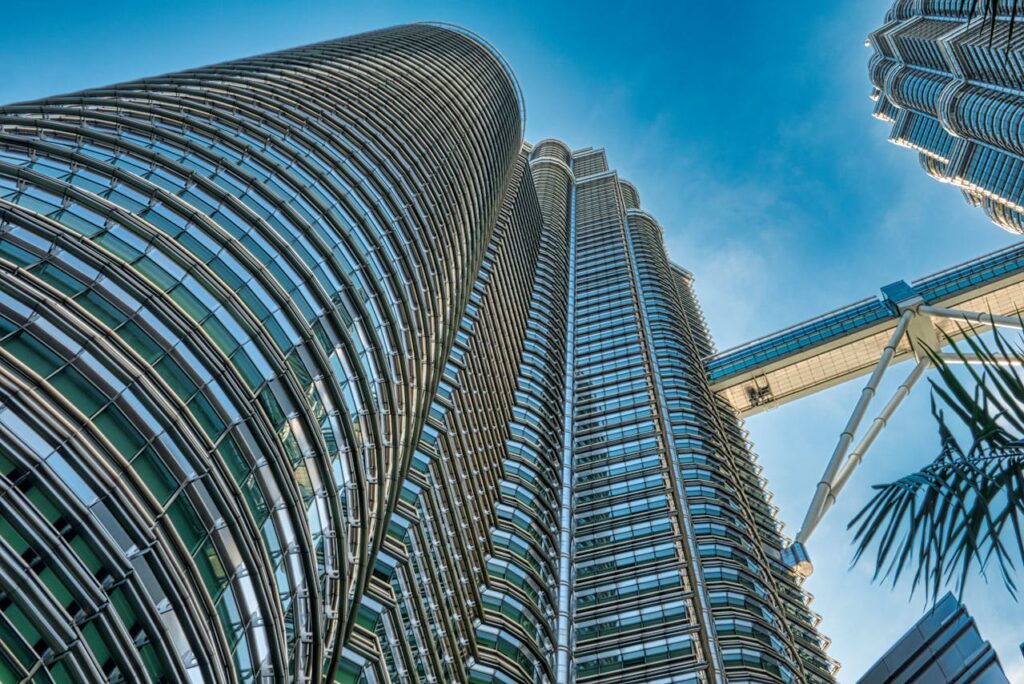
The towers are crowned with 241-foot (73.5-meter) pinnacles, which are essential for both aesthetic and functional purposes. These pinnacles house maintenance equipment and serve as lightning rods, protecting the towers from electrical storms. The design of the pinnacles also enhances the Islamic-inspired architecture, contributing to the towers’ iconic silhouette.
Floor-to-Ceiling Windows
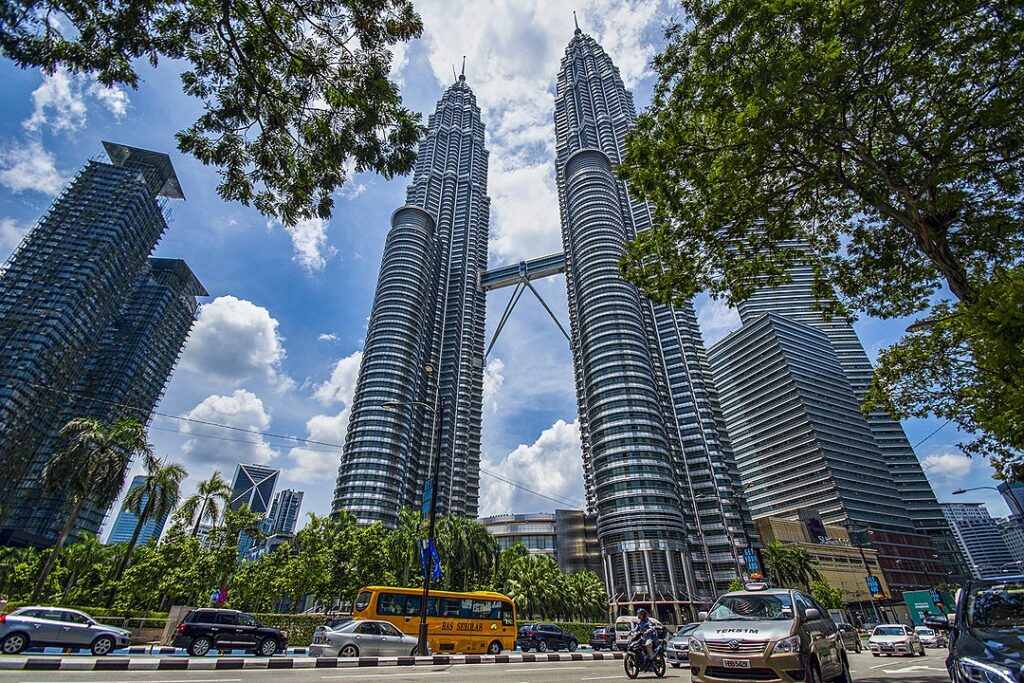
The towers feature floor-to-ceiling windows made of 83,500 square meters of glass. These windows provide stunning panoramic views of Kuala Lumpur while allowing natural light to flood the office spaces. The glass used is specially treated to reduce heat gain and glare, enhancing energy efficiency and occupant comfort.
Advanced Safety Features
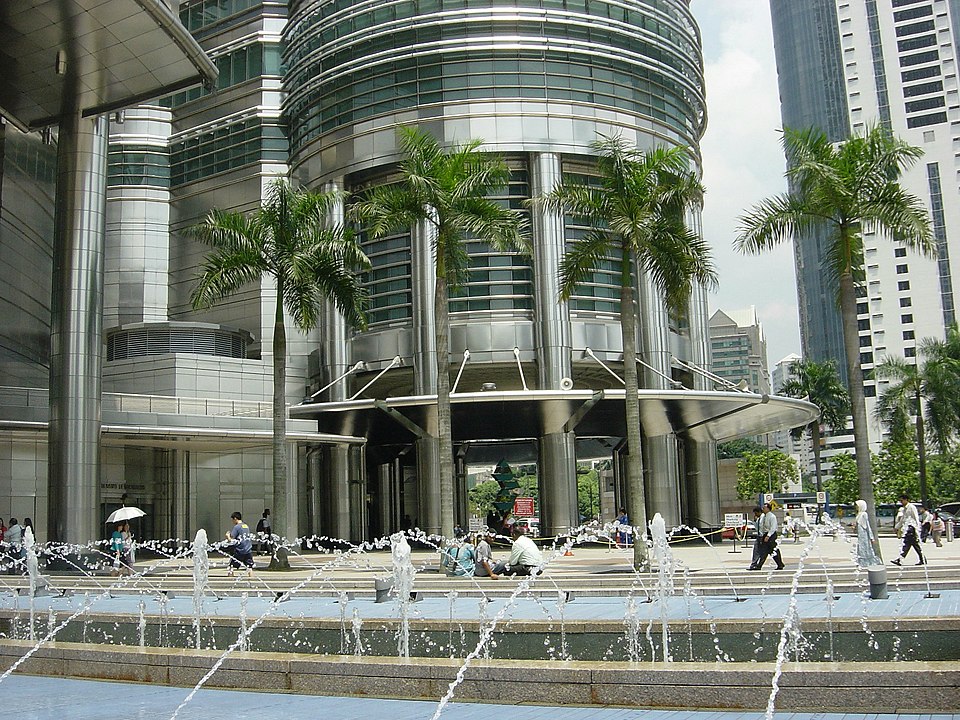
Safety was a top priority in the design of the Petronas Towers. In addition to the Skybridge, the towers are equipped with state-of-the-art fire suppression systems, multiple evacuation routes, and seismic resistance features. The towers’ design exceeds international safety standards, ensuring the well-being of everyone inside.
Cultural Symbolism
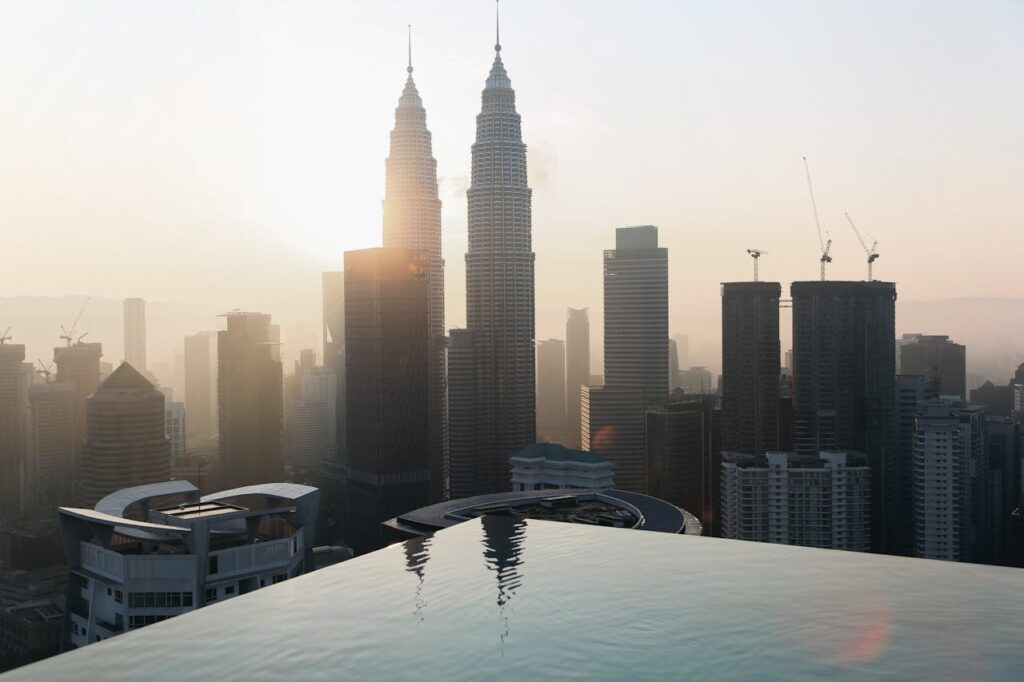
The design of the Petronas Towers is rich in cultural symbolism. The eight-pointed star floor plan is a nod to Islamic art, while the overall design reflects Malaysia’s aspirations for the future. The towers are more than just buildings; they are a symbol of the country’s progress and a source of national pride.
Sustainable Design
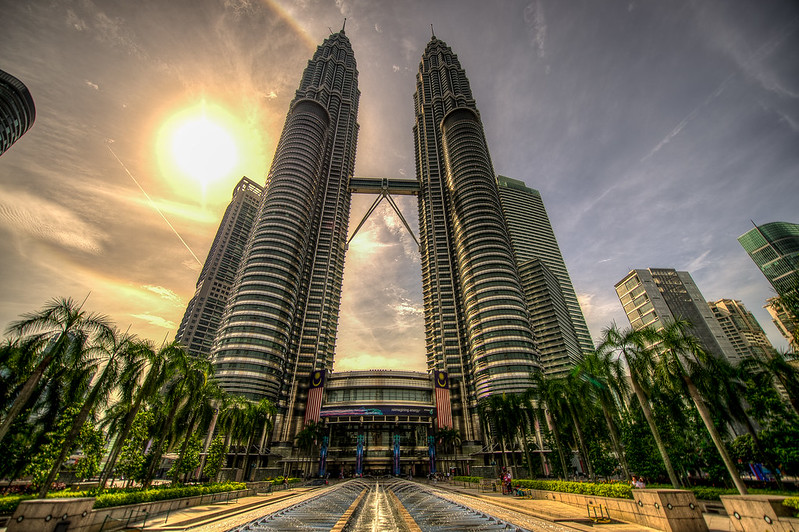
Long before sustainability became a global priority, the Petronas Towers incorporated green design principles. The towers are equipped with energy-efficient systems, such as the use of natural light, water-saving fixtures, and energy-efficient air conditioning. These features help reduce the environmental impact of the towers and contribute to their long-term sustainability.
Engineering Challenges
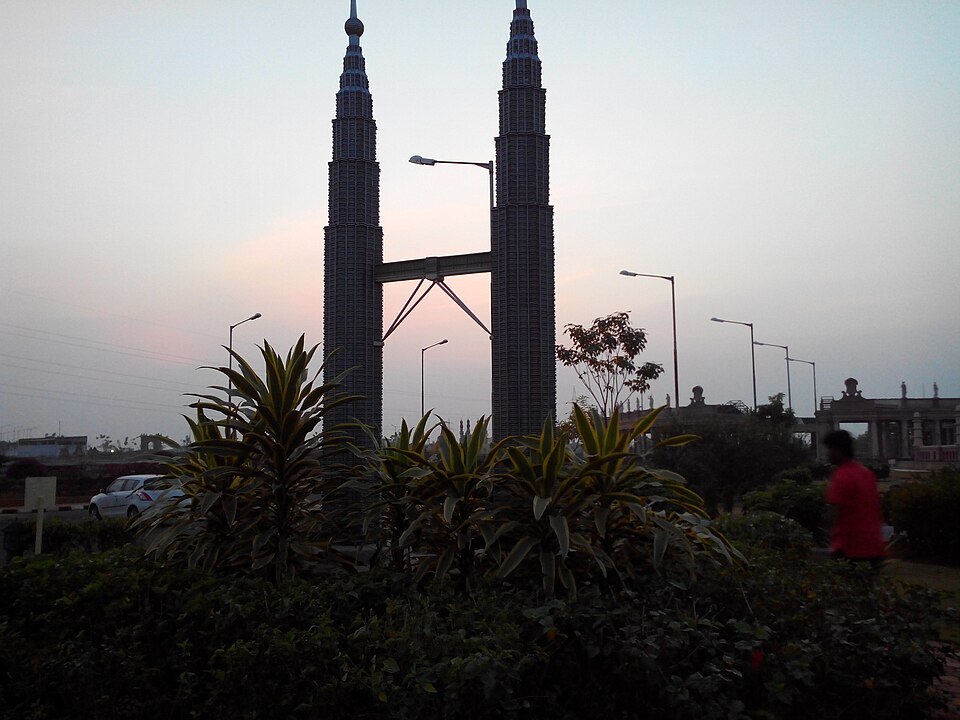
The construction of the Petronas Towers presented numerous engineering challenges, including the need to build on soft soil, manage the height and weight of the towers, and ensure stability in high winds. These challenges were overcome through innovative engineering solutions, such as the use of high-strength concrete and advanced foundation techniques.
High-Quality Materials
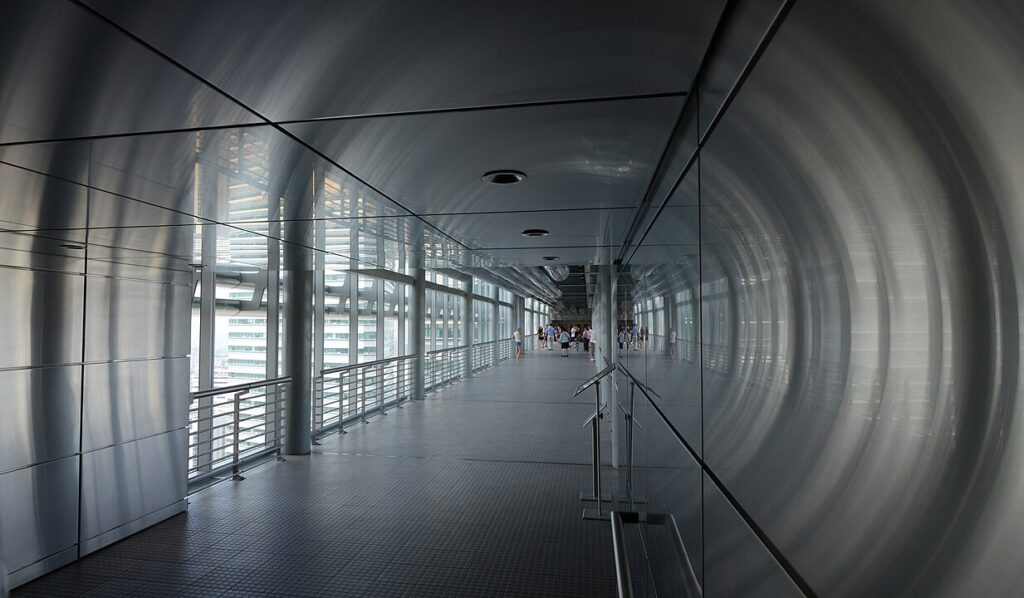
The Petronas Towers were constructed using only the highest quality materials, including stainless steel, glass, and reinforced concrete. These materials were chosen for their durability, strength, and aesthetic appeal. The use of premium materials has contributed to the towers’ longevity and their status as a world-class architectural achievement.
Iconic Night Illumination
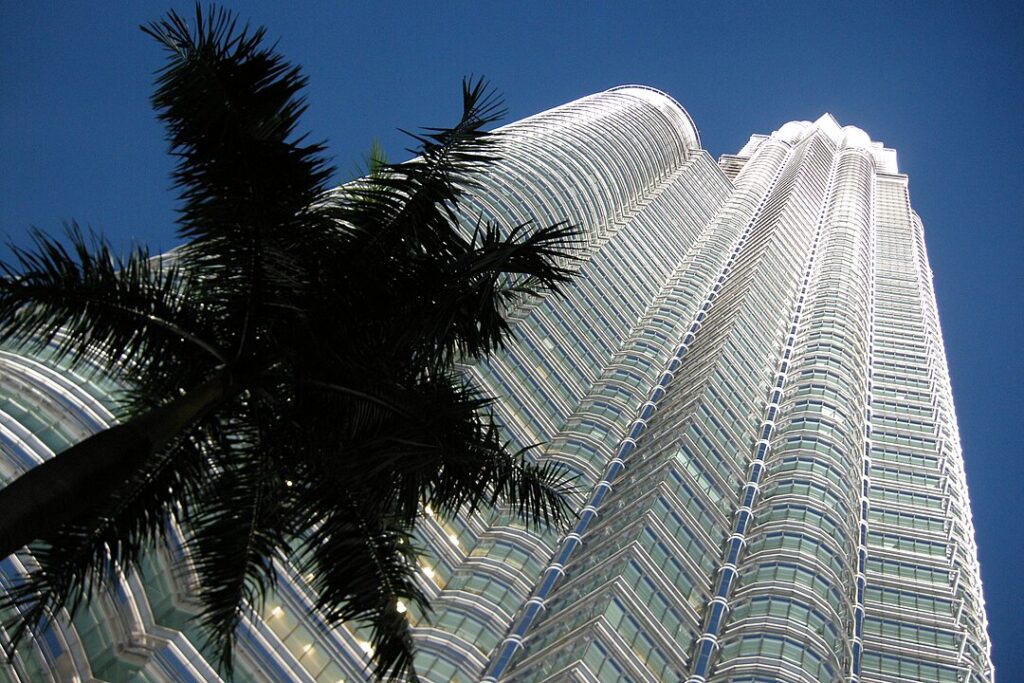
At night, the Petronas Towers are illuminated by a sophisticated lighting system that highlights their architectural details. The lighting design enhances the towers’ visual impact, making them a stunning sight against the Kuala Lumpur skyline. The illumination also serves as a symbol of Malaysia’s bright future and technological prowess.
Collaborative Design Process
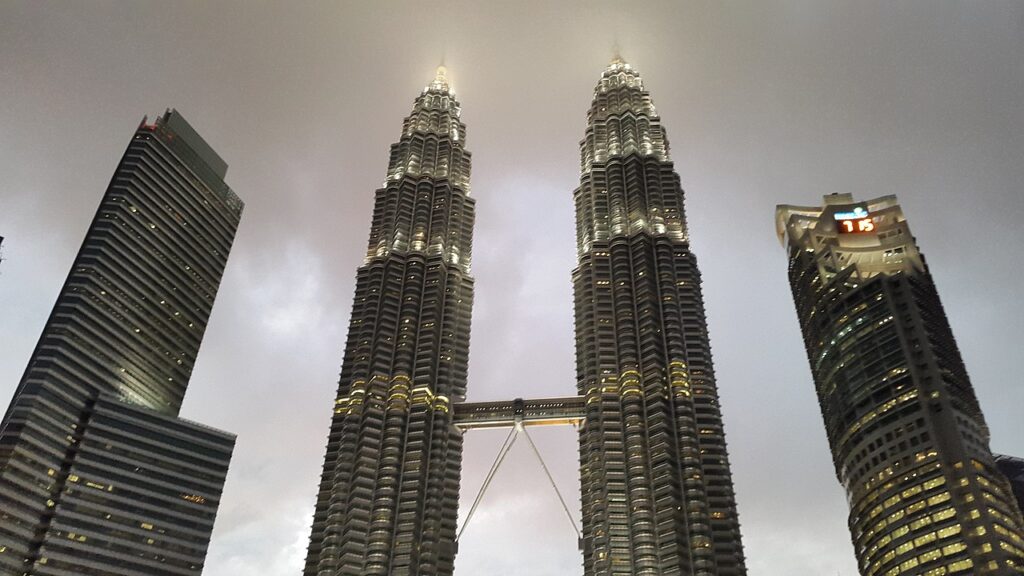
The design of the Petronas Towers was a collaborative effort between Argentine architect César Pelli, Malaysian engineers, and a global team of consultants. This collaboration resulted in a design that balances cultural significance, engineering excellence, and aesthetic beauty. The towers stand as a testament to the power of international collaboration in achieving architectural greatness.
Global Recognition
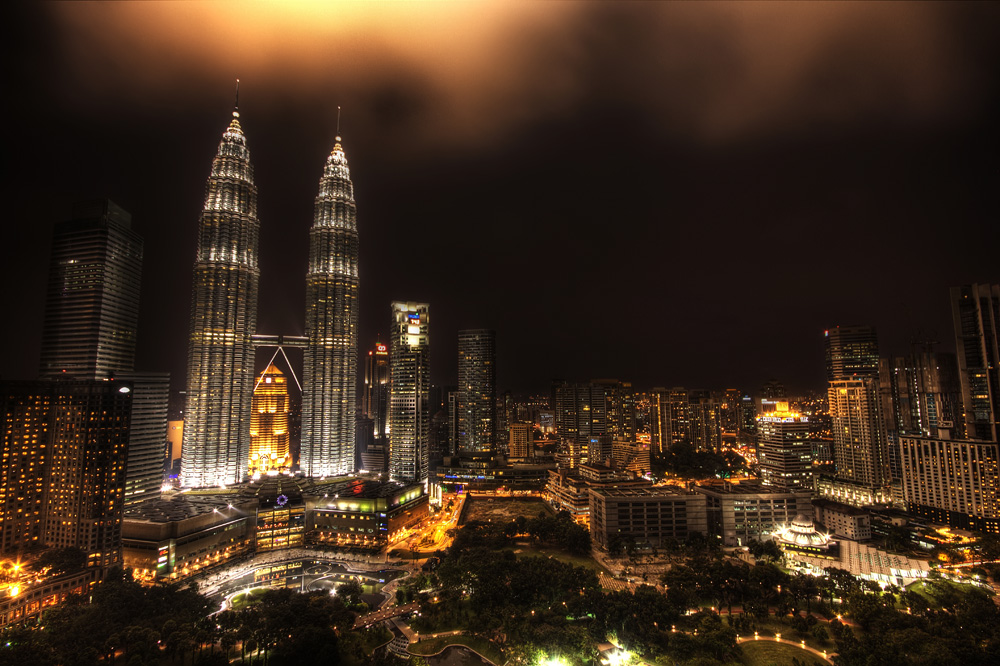
Since their completion, the Petronas Towers have received numerous awards and recognition from around the world. They are celebrated not only for their height but also for their innovative design, engineering excellence, and cultural significance. The towers have become a global symbol of modern architecture and remain one of the most visited landmarks in the world.
This article originally appeared on UnifyCosmos.
More from UnifyCosmos
25 Classic Bread Recipes from Different Cultures

Let’s explore some of the most beloved bread recipes from different cultures and learn what makes each one special. Read more!
22 Easy Plant-Based Breakfast Ideas

These ideas are perfect for busy mornings or relaxed weekends. Plus, theyâre packed with flavor and health benefits. Read more!
16 Best Sleep Apps to Enhance Your Sleep Quality

This article explores 16 of the best sleep apps, each with unique features to improve sleep quality. Whether you have insomnia or just want to enhance your sleep routine, these apps could be the solution you need. Read more!
Leave a Reply